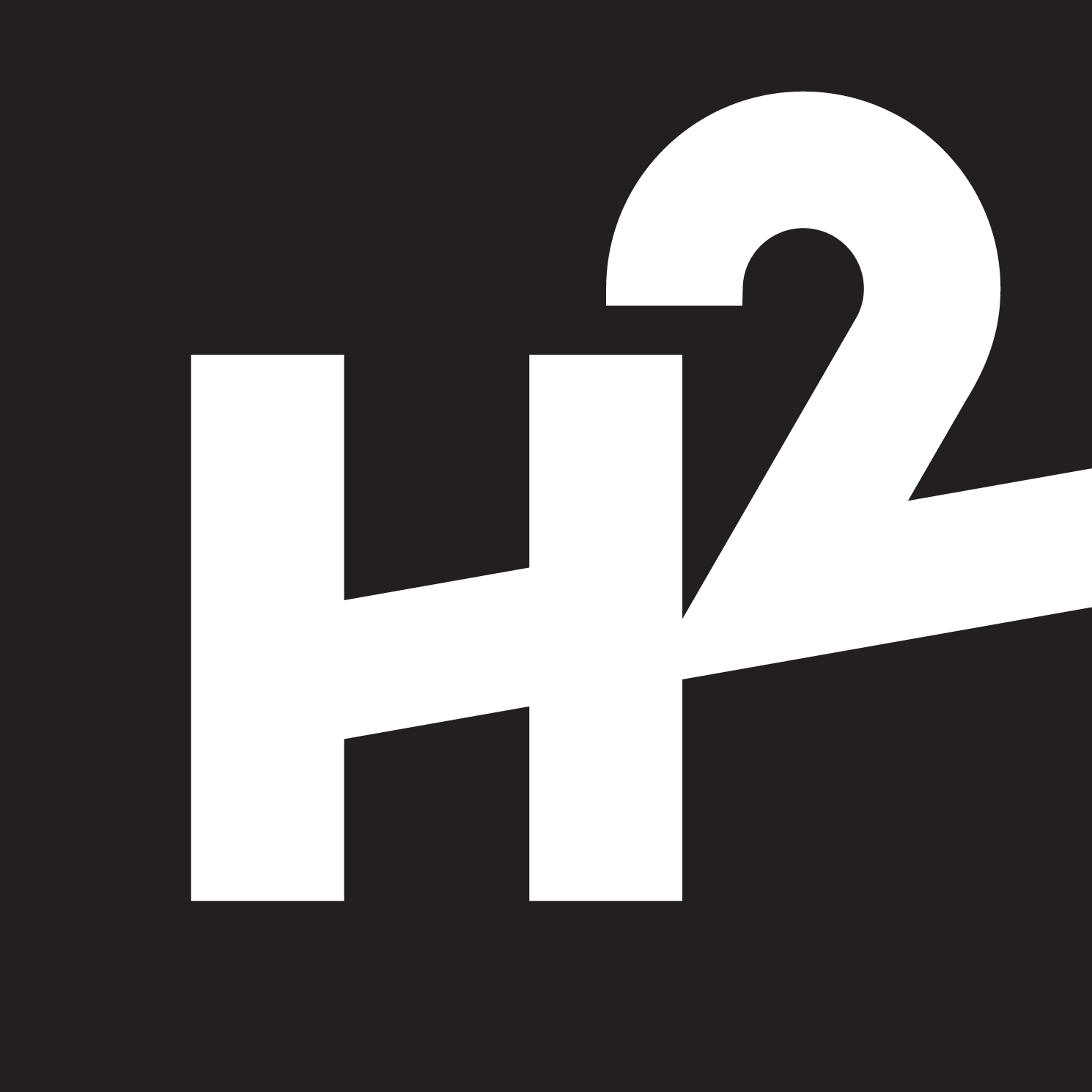If you haven’t familiarized yourself with programmatic advertising yet, you’re going to want to keep reading — programmatic ads are revolutionizing the way brands communicate online, and have the metrics to back up the hype. In the simplest terms, programmatic means automated, and in this case, it means an algorithm decides on the best placement of where your ads are displayed online. Through prompts, we are able to enter very specific characteristics of our target audience. One way where programmatic advertising has proven to be very successful, is by using users’ past search data. The algorithm places the ad in front of people who are more likely to be interested in the product or service advertised. For example, if someone was reading online articles about improving their golf swing, chances are good they’re interested in improving their golf game. Programmatic advertising would know this from collected data and place an ad for this specific user for something like a new set of revolutionary golf clubs or a holiday to an epic golf getaway. Another example of using data for ad placement is geotargeting — only people located in a select area would be presented specific ads. For example, neighbourhoods close to universities have a higher concentration of students. If an airline was having a sale for flights to Mexico during spring break, they could use geotargeting to hit these specific neighbourhoods.
Programmatic advertising is simply more cost effective. Obviously, not every person who sees an ad is going to be interested. With programmatic advertising, we can rely on an algorithm that will determine where ad money is best spent, with incredibly accurate results. Gone are the days of casting a wide net and hoping for the best. Now the system can launch a campaign and also monitor ad spend to determine which specific ads are working best.
So, where can programmatic ads be found? Pretty much anywhere online. Display ads are the most common and are the most successful placement for programmatic. However, programmatic can be used for search ads, social ads, video ads, audio ads such as ads on Spotify, native ads, and more. Basically, the choice is yours and you have plenty of options. The vast majority of mobile ads audiences view in North America are now programmatic, and it isn’t only online where these ads can be found. We can programmatically target traditional mediums such as digital out of home.
While algorithms play an important role in programmatic advertising, they still need that human touch to ensure success in the market. The creative writing and art is still up to us humans, as well as the buying activities so that the ads are seen by the right audience. You will need a skilled team to plan, control and optimize your buying. By reviewing data, we can determine what’s working and what isn’t, and adjust the campaign accordingly. Successful programmatic advertising requires finding the balance between automation doing its thing and a knowledgeable team setting up the algorithm and altering plans accordingly when results come in.
From the results we’ve seen and the success programmatic ads have brought our clients, we’re keen believers in the power of programmatic. At H2, we believe programmatic ads are the evolution of online advertising — offering effectiveness, efficiency and cost savings. We could only fit a brief explanation of programmatic in here, but please ask us for more details if you’re interested on what programmatic can do specifically for your business — we’d be happy to share what we’ve learnt, as our team has a solid history with many campaigns for a variety of clients in the realm of programmatic advertising.



Comments are closed.